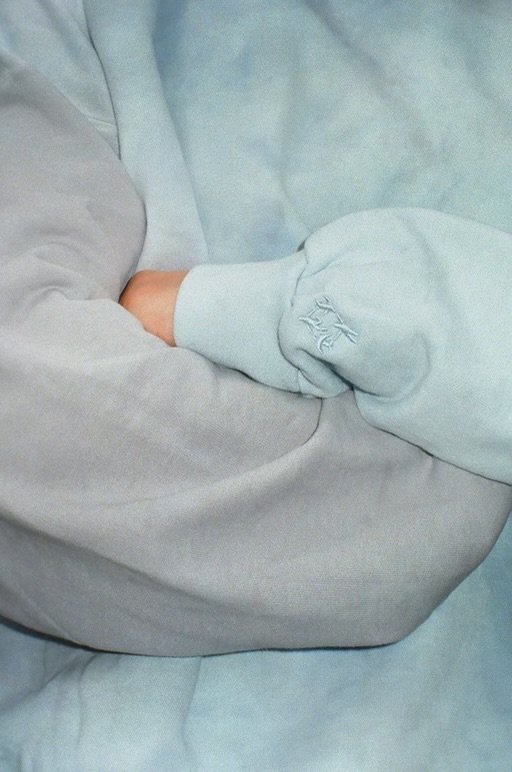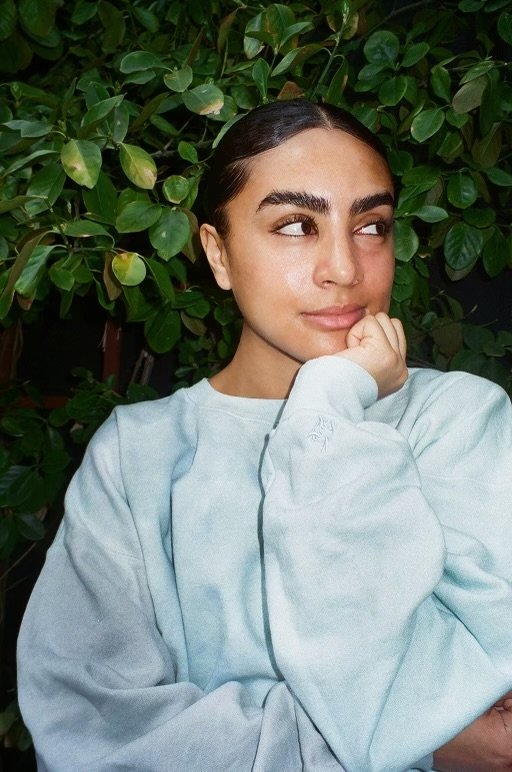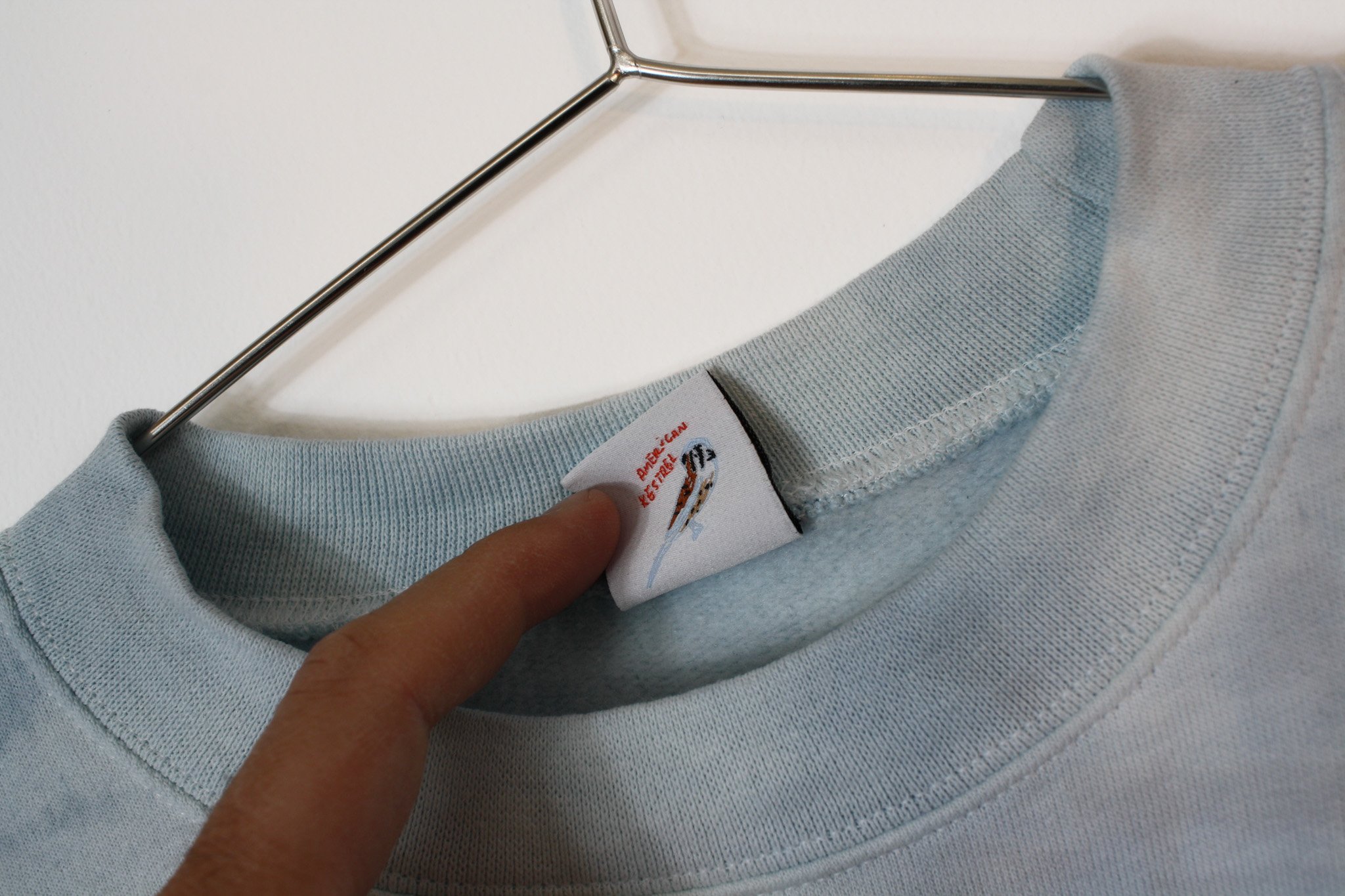 Image 1 of 6
Image 1 of 6

 Image 2 of 6
Image 2 of 6

 Image 3 of 6
Image 3 of 6

 Image 4 of 6
Image 4 of 6

 Image 5 of 6
Image 5 of 6

 Image 6 of 6
Image 6 of 6







Sumac Crewneck
In collaboration with Colorant—20 one-of-a-kind, native plant-dyed Crewnecks 🩵
Among the over 1,300 plant species native to New York City stands the staghorn sumac, Rhus typhina. @colorant_official hand-dyed 20 all white, 100% Cotton crewnecks using sumac (foraged in the Hudson Valley!) and indigo. Our dancers logo is embroidered onto every left wrist.
10 crewnecks available here—10 at thisiscolorant.com.
—
Plants are native when they live where they evolved. Because their traits were created by a specific environment’s geology, climate, and suite of pollinators, native plants require less water and maintenance to thrive and attract other beneficial lifeforms. In this way, native plants show us how everything in an ecosystem is connected.
Sumac had numerous uses for the indigenous people who inhabited precolonial New York. From @adkinsarboretum: As a food, sumac drupes were eaten or consumed as tea. The bark was eaten as a delicacy and sprouts were consumed raw.Craft uses included making red or black dyes from the drupes, and the inner bark to make a yellow dye.The dried red leaves and root were used for smoking and in ceremonial tobacco mixtures.
In collaboration with Colorant—20 one-of-a-kind, native plant-dyed Crewnecks 🩵
Among the over 1,300 plant species native to New York City stands the staghorn sumac, Rhus typhina. @colorant_official hand-dyed 20 all white, 100% Cotton crewnecks using sumac (foraged in the Hudson Valley!) and indigo. Our dancers logo is embroidered onto every left wrist.
10 crewnecks available here—10 at thisiscolorant.com.
—
Plants are native when they live where they evolved. Because their traits were created by a specific environment’s geology, climate, and suite of pollinators, native plants require less water and maintenance to thrive and attract other beneficial lifeforms. In this way, native plants show us how everything in an ecosystem is connected.
Sumac had numerous uses for the indigenous people who inhabited precolonial New York. From @adkinsarboretum: As a food, sumac drupes were eaten or consumed as tea. The bark was eaten as a delicacy and sprouts were consumed raw.Craft uses included making red or black dyes from the drupes, and the inner bark to make a yellow dye.The dried red leaves and root were used for smoking and in ceremonial tobacco mixtures.
